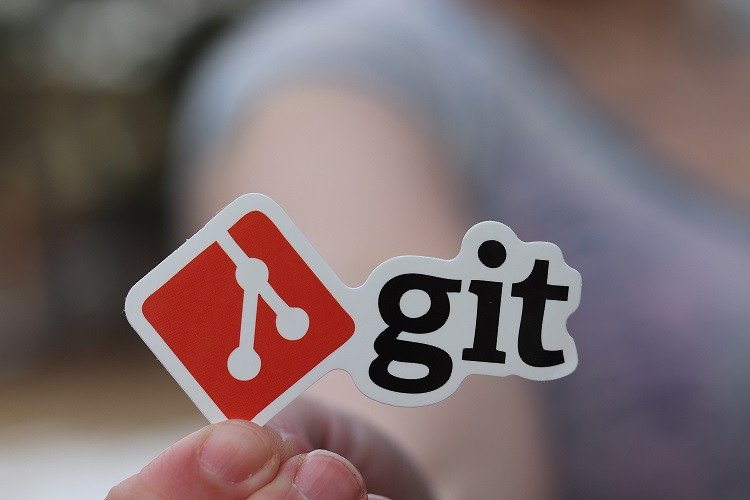Version Control: Understanding Git and Its Importance

In the fast-paced world of technology, where projects evolve constantly, keeping track of changes to files becomes paramount. This is where version control steps in as a lifesaver. It's a system that meticulously monitors alterations to files over time, enabling you to revert to previous versions, compare changes, and even pinpoint who made changes and when. From software development to writing and design, version control is indispensable. Let's explore what version control is, why it's important, and delve into the powerful tool known as Git.
What is Version Control?
Version control, also known as source control or revision control, is a systematic method for managing changes to files or a set of files. It essentially maintains a historical record of how files have evolved over time. Whether you're crafting code, writing documents, or designing graphics, version control ensures that no change goes unnoticed or untraceable.
Why is Version Control Important?
Understanding the significance of version control is pivotal. Here are some compelling reasons why it's a vital component in modern project management:
1. Change Tracking
- Version control helps you keep tabs on modifications to your files. This proves invaluable when you need to roll back to a previous file version or identify who made specific changes and when they were made.
2. Efficient Collaboration
- Collaborating on projects becomes seamless with version control. It provides a unified platform where everyone involved can access the same files and observe each other's changes in real-time, preventing conflicts and confusion.
3. Data Loss Prevention
- Accidentally deleting or overwriting a file is a common mistake. However, with version control, you can effortlessly restore a file to a previous version, mitigating data loss concerns.
4. Documentation and Accountability
- Version control acts as a comprehensive documenter of your work. It maintains a chronological record of file changes, which proves helpful for debugging, understanding project evolution, and establishing accountability.
What is Git?
Git is a distributed version control system that has gained immense popularity in the software development community. Unlike traditional version control systems, Git offers a decentralized approach, wherein each user possesses a complete copy of the repository. This distributed nature makes it possible to work offline and collaborate effectively with others. Git's efficiency and scalability make it an ideal choice for both small and large projects.
How Does Git Work?
Git operates by meticulously tracking changes to files. When you make an alteration, Git takes a snapshot of the file, creating a commit. Each commit is assigned a unique identifier, enabling you to track changes over time. Additionally, Git allows you to create branches, which are essentially copies of the repository at specific points in time. This branch-based workflow facilitates experimentation with changes without affecting the main branch of the repository.
How to Use Git
Getting started with Git may seem daunting, but it's a skill worth acquiring. Here's a brief overview of how to use Git:
1. Installation
- Begin by installing Git on your computer. It's available for various operating systems, and numerous resources are available online to guide you through the process.
2. Initialization
- Create a new Git repository in your project directory using the
git initcommand. This marks the start of version control for your project.
3. Basic Commands
- Familiarize yourself with some fundamental Git commands, including:
git add: Add files to the staging area.git commit: Commit changes from the staging area to the repository.git branch: Create a new branch.git checkout: Switch to a branch.git merge: Merge two branches together.
Conclusion
In an era defined by dynamic change and collaboration, version control stands as a cornerstone of efficient project management. Git, with its distributed architecture and efficiency, has emerged as a leading tool for version control. Learning how to use Git is a valuable skill for anyone working on projects that involve file changes. By embracing version control and Git, you'll not only streamline your workflows but also ensure that your projects remain organized, collaborative, and error-free. So, take the leap and embark on your journey to mastering Git and version control. Your projects will thank you for it!




